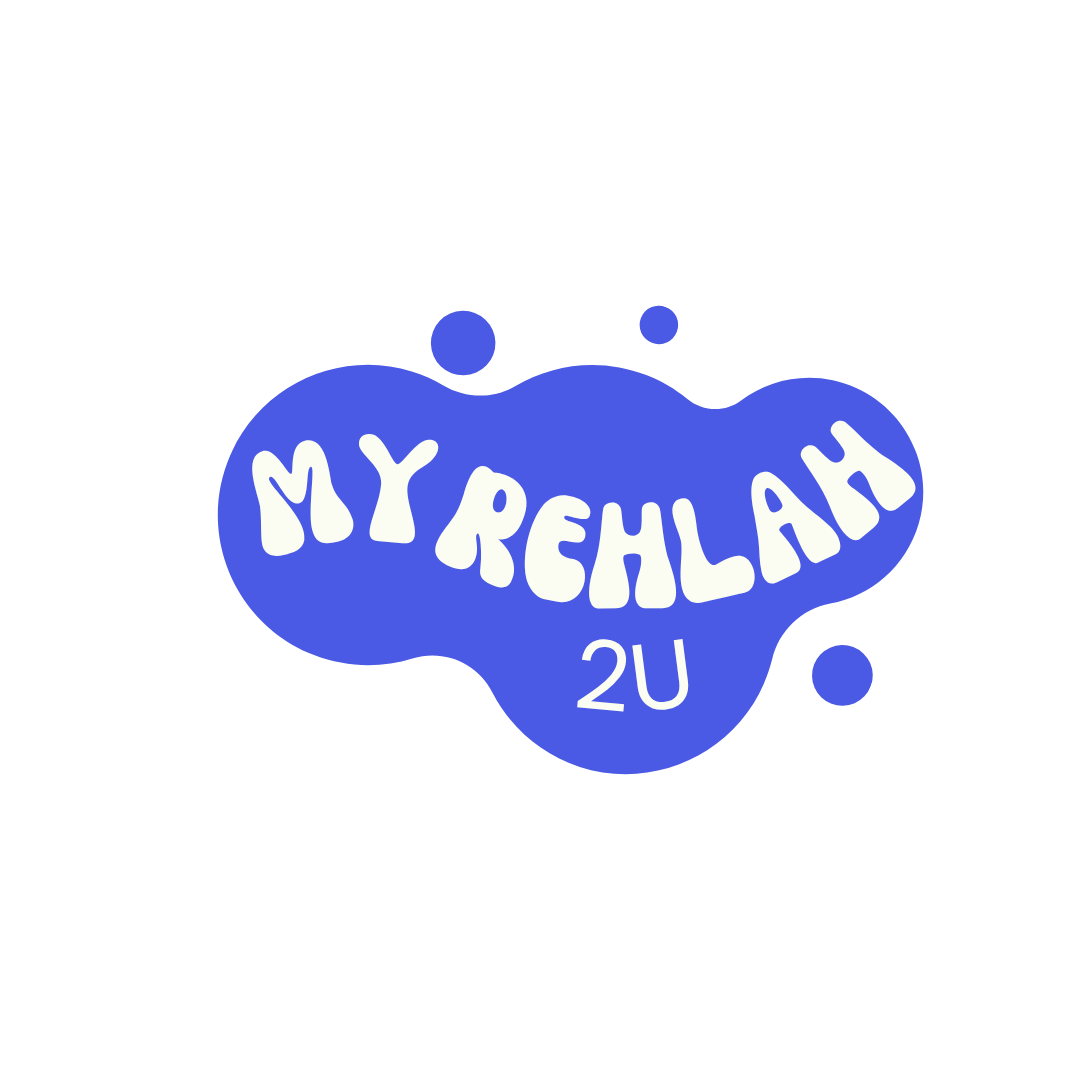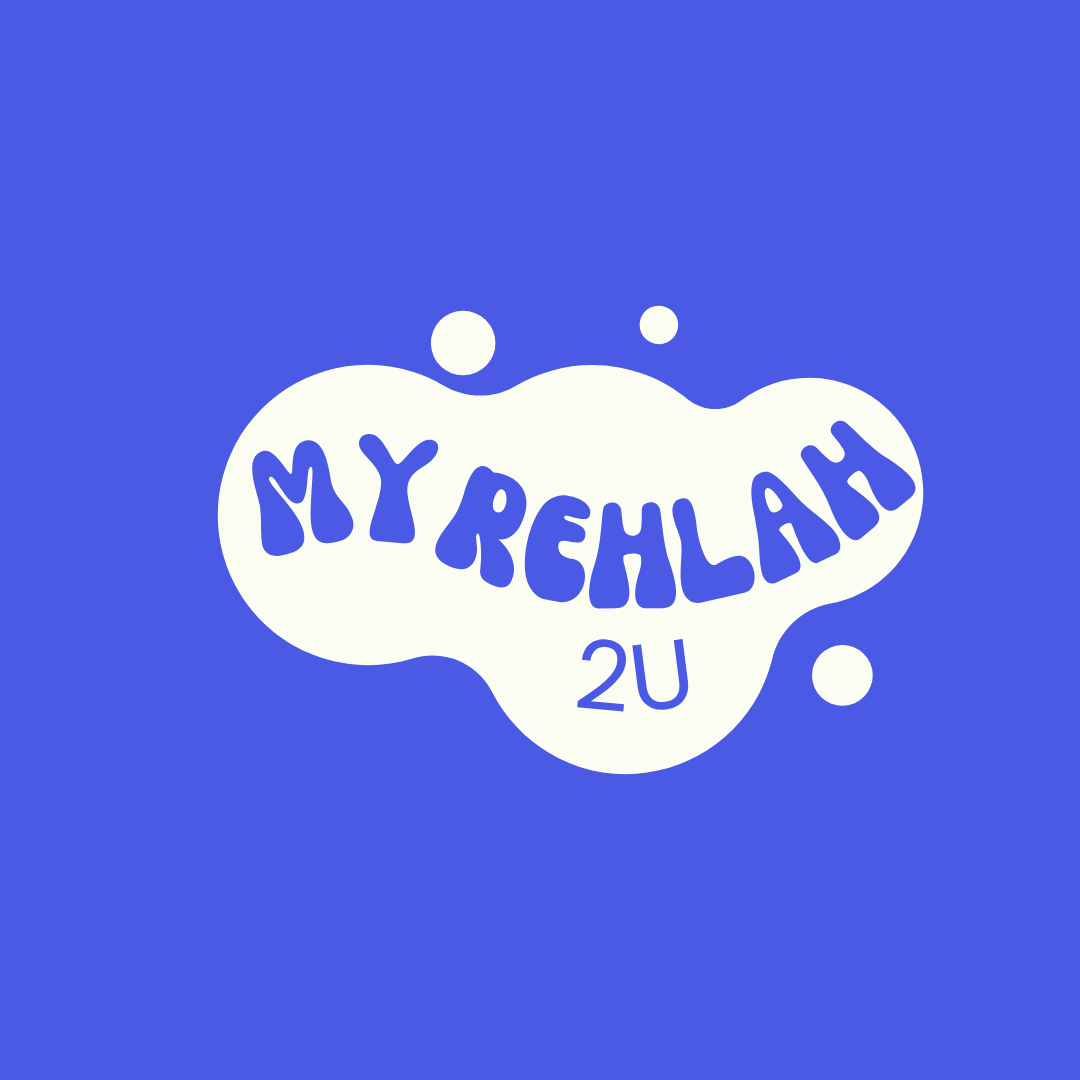Laser Rust Remover: The Smart Cleaning Technology Transforming Industrial Surface Maintenance

In modern industries, surface preparation and maintenance are critical to ensuring high-quality results and extended equipment life. One innovative solution that has revolutionized these processes is the laser rust remover. This advanced technology offers a clean, precise, and efficient way to eliminate rust, paint, oxide, and contaminants from metal surfaces without using chemicals or abrasives. Its growing popularity across sectors such as automotive, aerospace, manufacturing, and restoration highlights a significant shift toward sustainable and high-performance cleaning solutions.
A laser rust remover works on the principle of laser ablation — a process where focused laser beams remove unwanted material from a solid surface by vaporizing or breaking the bond between the rust and the metal beneath it. The result is a clean, smooth, and ready-to-process surface achieved without damaging the base material. This technology represents a major leap forward from traditional methods such as sandblasting or chemical cleaning, both of which carry risks of environmental pollution and material wear.
How a Laser Rust Remover Works
The process begins when a laser beam is directed onto the rusted area. The laser’s energy heats the surface contaminants to a point where they either evaporate or are ejected as fine dust. Since the laser can be precisely controlled, the base metal remains unaffected. The wavelength and pulse duration of the laser are optimized to ensure selective removal of rust while maintaining the integrity of the underlying material.
Unlike conventional cleaning systems that rely on friction or chemical reactions, laser cleaning is a non-contact and dry process. This means there is no need for solvents, sand, or water. The system typically includes a laser source, fiber optic cable, control software, and a handheld or automated cleaning head. Depending on the power and application, the laser can be used for spot cleaning or for treating larger surfaces.
Industrial Applications of Laser Rust Remover
The laser rust remover has become a preferred choice across numerous industries because of its ability to deliver precision and consistency. In automotive production, it’s used to clean welding joints, remove oxide layers, and prepare surfaces before coating or painting. The aerospace industry utilizes it for maintaining aircraft components where material preservation and accuracy are essential.
In heavy machinery and shipbuilding, where large metal structures are constantly exposed to corrosion, laser cleaning provides an efficient way to maintain surfaces without dismantling or damaging parts. Restoration experts also use laser systems for cleaning historical artifacts, monuments, and sculptures, as the process is gentle enough to preserve the original texture and detail.
Manufacturers working with molds, dies, and tools often turn to laser cleaning to remove grease, carbon, and oxidation layers. The precision of the laser allows for effective maintenance without altering the shape or tolerance of the tools. Additionally, in electronics and microfabrication, laser systems are used for removing micro-oxides and contaminants from delicate components.
The Technology Behind the Process
A laser rust remover typically uses fiber laser technology, known for its high efficiency and long operational life. Fiber lasers generate a concentrated beam with excellent beam quality, which makes them ideal for cleaning applications. The laser beam is transmitted through a fiber optic cable to a handheld gun or robotic arm, allowing flexibility in operation.
Modern systems come with adjustable parameters such as pulse frequency, power level, and scanning speed. These allow operators to fine-tune the process according to the type of rust, surface condition, and desired cleaning depth. For example, light surface oxidation may only require low power and fast scanning, while deeper corrosion layers need slower scanning and higher power.
One of the critical aspects of this technology is that it minimizes waste and secondary contamination. Since there are no chemicals or blasting media involved, the process leaves no residue except for minimal dust that can be easily vacuumed. This makes it not only efficient but also environmentally friendly, aligning with global sustainability goals.
Why Industries Are Adopting Laser Rust Remover Technology
The demand for laser rust remover equipment is growing as industries move toward automation and cleaner production methods. Traditional rust removal methods often involve chemical baths, mechanical grinding, or sandblasting, which can damage surfaces or require extensive post-cleaning procedures. In contrast, laser systems offer a controlled and repeatable process that integrates easily into automated production lines.
Another reason for its adoption is cost efficiency over time. While the initial investment may be higher compared to traditional tools, laser systems require minimal maintenance, have a long operational lifespan, and drastically reduce the need for consumables. Moreover, the elimination of hazardous chemicals and abrasive materials reduces worker safety risks and waste disposal costs.
From a productivity standpoint, a laser rust remover allows faster turnaround times. Surfaces can be cleaned and immediately prepared for subsequent processes such as welding, coating, or bonding. The precision and speed of laser cleaning also reduce downtime in production facilities, enhancing overall efficiency.
Sustainability and Environmental Impact
In an era where sustainability is a key factor in industrial operations, laser rust removal stands out as an eco-conscious solution. The process completely eliminates the need for chemicals, sand, or water. This significantly reduces environmental hazards and waste generation. Additionally, the absence of consumables means there’s no recurring cost or waste stream to manage.
Air quality and workplace safety are also improved since the process produces minimal dust and no toxic fumes. With the right extraction system, even the small amount of particulate matter generated can be easily contained. As industries continue to face stricter environmental regulations, the laser rust remover provides a clear path toward compliance without compromising performance.
The Role of Automation in Laser Rust Removal
Modern laser rust remover systems are increasingly being integrated with robotic arms and CNC machines. This allows for automated cleaning of complex geometries and high-volume parts. Automation enhances repeatability, reduces human error, and ensures consistent results across multiple workpieces.
In large-scale operations, robotic laser cleaning systems can be programmed to target specific areas, follow defined paths, and adjust power dynamically based on surface conditions. This not only boosts productivity but also ensures a safer working environment by reducing manual handling of heavy or hazardous components.
Economic Value in Industrial Applications
The long-term value of investing in a laser rust remover extends beyond operational efficiency. It reduces costs associated with consumables, waste disposal, and surface rework. Since the technology does not physically wear down or contaminate the base material, components last longer, and production yields improve.
For manufacturers, this translates into greater consistency in product quality, reduced downtime, and fewer process interruptions. The equipment’s ability to handle various materials — from steel and aluminum to titanium and copper — makes it a versatile tool across diverse production environments.
Practical Implementation and Operator Training
Operating a laser rust remover does not require extensive technical expertise. Most systems feature intuitive control interfaces and adjustable presets for different cleaning applications. Training programs provided by manufacturers help operators understand laser safety, maintenance routines, and performance optimization.
Regular calibration and maintenance ensure that the system maintains accuracy and efficiency. Safety protocols, such as using protective eyewear and ensuring proper ventilation, are simple yet essential measures that make laser cleaning a safe and effective practice in both small workshops and large factories.
Final Thoughts
The laser rust remover represents a pivotal advancement in industrial cleaning technology. It provides precision, efficiency, and sustainability in one streamlined process, redefining how industries approach rust removal and surface preparation. Its ability to clean without chemicals or abrasives not only preserves the integrity of materials but also supports eco-friendly operations.
As global industries continue to evolve toward automation and environmental responsibility, the laser rust remover is emerging as a cornerstone technology in modern manufacturing. It’s not just a cleaning tool—it’s a long-term investment in quality, performance, and sustainability.
- Art
- Causes
- Crafts
- Dance
- Drinks
- Film
- Fitness
- Food
- Jogos
- Gardening
- Health
- Início
- Literature
- Music
- Networking
- Outro
- Party
- Religion
- Shopping
- Sports
- Theater
- Wellness


